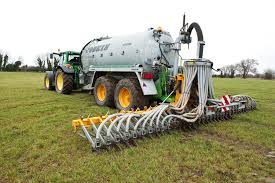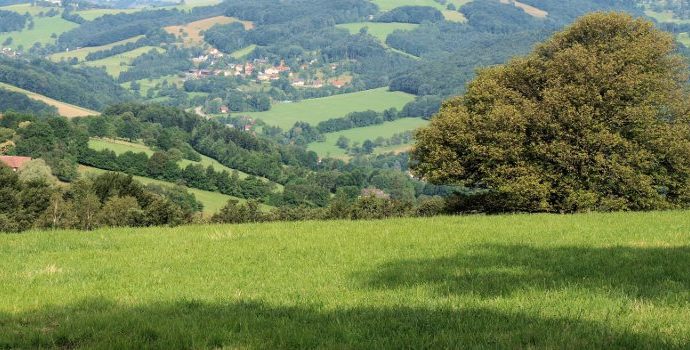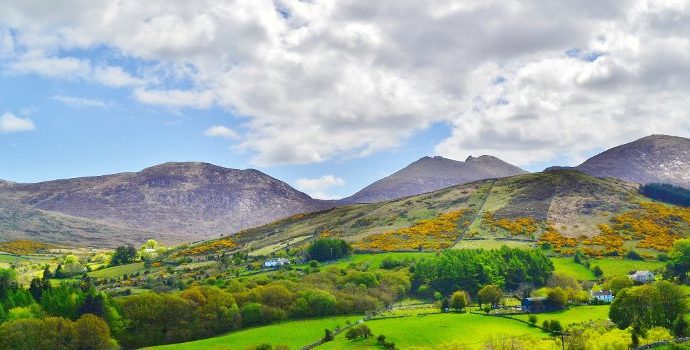Farmer Commitment to Climate Measures Evident in Trends on Urea and Slurry Spreading

Sales of protected urea have increased significantly this year. From January to June, just under 40,000 tonnes were sold, compared to 21,000 in 2019.
According to Teagasc, protected urea is the number one technology to reduce losses of both ammonia (from urea) and the GHG nitrous oxide into the atmosphere.
Farmers have also continued to invest in Low Emission Slurry Spreading Equipment (LESS). With grant support from TAMS, farmers have already invested an estimated €79.6m in LESS equipment such as trailing shoes and dribble bars.
IFA Dairy Chairman Tom Phelan said there is a six to nine-month waiting list for such machinery, which clearly indicates the interest among farmers. Next year, all farmers in receipt of a Nitrates derogation must spread their slurry with LESS – this is real change delivered by farmers.
IFA Environment Chairman Paul O’Brien said nobody is denying the scale of the climate challenge facing Irish farmers, but it is great to see farmers already adapting and getting on with it.
“In the midst of extreme scrutiny of farming practices, what often gets overlooked is the positive and tangible change that is occurring at farm level,” he said.
Switching to protected urea and using LESS equipment are two of the main actions at farm level identified by the Teagasc MACC to reduce green-house gas and ammonia emissions.
Paul O’Brien said that these actions show that farmers are willing to change, but a focussed plan is needed to encourage farmers to take up the measures identified in the MACC. “It is easy for the Government to set targets, but we need to continue to support farmers to translate these into actions on the ground,” he concluded.


